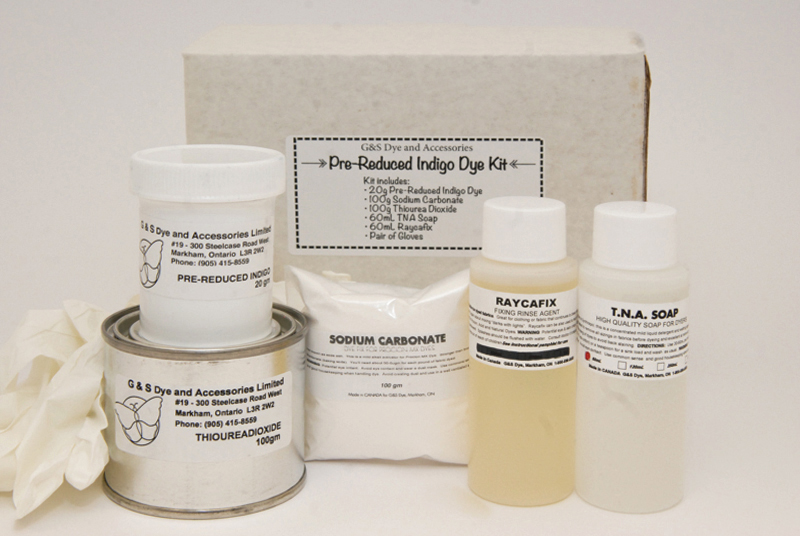Techniques and Guidelines for Effective Dyeing with Sulphur Black for Various Fabrics
Sulphur Black Dyeing Method A Comprehensive Overview
The Sulphur Black dyeing method is widely recognized within the textile industry for its cost-effectiveness and ability to produce deep, rich black shades on a variety of fabrics. This dyeing technique has cultivated a reputation for its practicality, especially in bulk dyeing operations, and continues to be favored for its unique properties and environmental implications.
Historical Background
The usage of sulphur dyes can be traced back to the early 20th century when they were first developed for the purpose of dyeing cotton and other cellulose fibers. Sulphur Black, in particular, has become synonymous with durability and colorfastness. Unlike many synthetic dyes, sulphur dyes bond with the fabric at a molecular level, resulting in a robust coloration that is resistant to washing and light, making it an ideal choice for items subjected to substantial wear, such as denim and workwear.
The Dyeing Process
The sulphur black dyeing process involves multiple stages, starting with the reduction of the dye in an alkaline solution to create a soluble form. The main ingredients typically include sodium sulphide and sodium hydroxide, which play critical roles in transforming the dye into a form that can penetrate the fibers effectively. Once reduced, the fabric is immersed in this solution, allowing the dye to absorb into the fibers.
After sufficient dye uptake, the fabric is then subjected to oxidation, a crucial step that restores the dye’s insoluble state. This transition is essential for achieving the desired rich black coloration. The oxidation is often facilitated by exposing the dyed fabric to air or by using oxidizing agents such as hydrogen peroxide.
sulphur black dyeing method

The final steps include thorough rinsing and fixation, which ensure that any excess dye is removed and enhance the longevity of the color on the fabric. The Sulphur Black dyeing method is particularly appealing for large-scale manufacturing due to this straightforward and relatively quick process.
Environmental Considerations
While the sulphur black dyeing method is efficient, it is not without environmental concerns. The main issues arise from the use of sodium sulphide, which is hazardous and can pose significant risks to both human health and aquatic ecosystems. As a result, textile manufacturers must adhere to strict safety and wastewater treatment protocols to mitigate these risks.
In response to growing environmental awareness, the industry has seen an increase in research aimed at developing safer dyeing practices. Innovations such as biodegradable sulphur dyes and improved water recycling systems are becoming more prevalent, reflecting a commitment to sustainability within the textile sector.
Conclusion
The Sulphur Black dyeing method remains a staple in the textile industry due to its ability to provide vibrant, long-lasting colors at an economical cost. While challenges related to environmental safety persist, ongoing advances in technology and sustainability practices indicate a positive trajectory for dyeing methodologies. By balancing quality with ecological responsibility, the industry can continue to benefit from this traditional dyeing approach while paving the way for a more sustainable future in fabric coloring. As the global marketplace evolves, the importance of environmentally conscious practices in the dyeing process will only continue to grow, making it essential for manufacturers to adapt and innovate.
-
The Timeless Art of Denim Indigo Dye
NewsJul.01,2025
-
The Rise of Sulfur Dyed Denim
NewsJul.01,2025
-
The Rich Revival of the Best Indigo Dye
NewsJul.01,2025
-
The Enduring Strength of Sulphur Black
NewsJul.01,2025
-
The Ancient Art of Chinese Indigo Dye
NewsJul.01,2025
-
Industry Power of Indigo
NewsJul.01,2025
-
Black Sulfur is Leading the Next Wave
NewsJul.01,2025

Sulphur Black
1.Name: sulphur black; Sulfur Black; Sulphur Black 1;
2.Structure formula:
3.Molecule formula: C6H4N2O5
4.CAS No.: 1326-82-5
5.HS code: 32041911
6.Product specification:Appearance:black phosphorus flakes; black liquid

Bromo Indigo; Vat Bromo-Indigo; C.I.Vat Blue 5
1.Name: Bromo indigo; Vat bromo-indigo; C.I.Vat blue 5;
2.Structure formula:
3.Molecule formula: C16H6Br4N2O2
4.CAS No.: 2475-31-2
5.HS code: 3204151000 6.Major usage and instruction: Be mainly used to dye cotton fabrics.

Indigo Blue Vat Blue
1.Name: indigo blue,vat blue 1,
2.Structure formula:
3.Molecule formula: C16H10N2O2
4.. CAS No.: 482-89-3
5.Molecule weight: 262.62
6.HS code: 3204151000
7.Major usage and instruction: Be mainly used to dye cotton fabrics.

